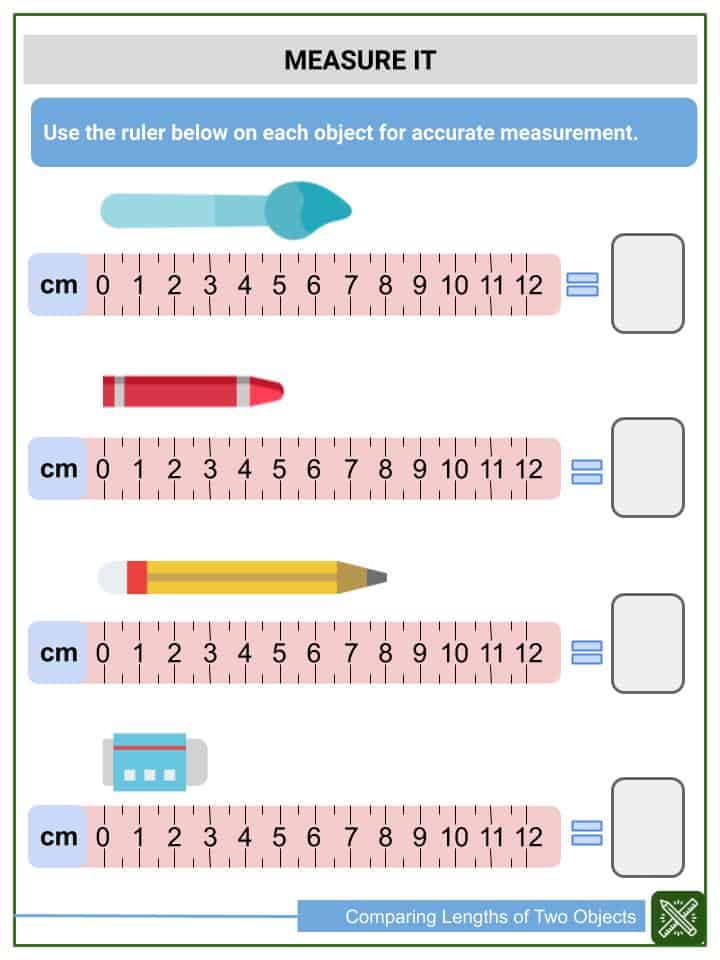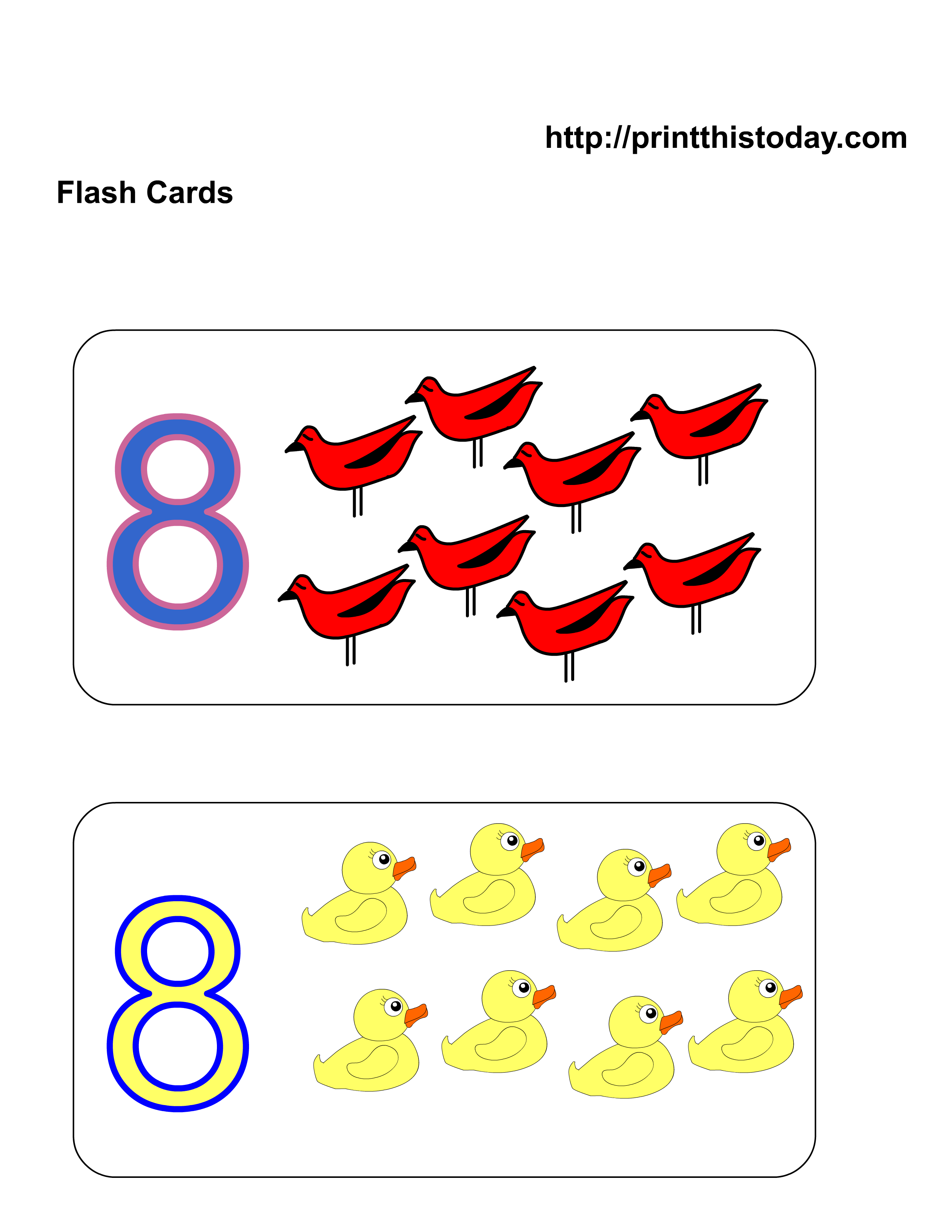


QLabel and the widgets in the Buttons section of the widget box have a text property that can also be edited by double-clicking on the widget or by pressing F2. Properties that allow access to rich data types, such as QPalette, are modified using dialogs that open when the properties are edited.Properties that contain a choice or selection of flags are edited via combo boxes with checkable items.Compound properties - properties that are made up of more than one value - are represented as nodes that can be expanded, allowing their values to be edited.To reset them, click the arrow button on the right.Ĭhanges in properties are applied to all selected objects that have the same property.Ĭertain properties are treated specially by the property editor: Modified properties are indicated with bold labels. Textual properties are shown in line edits, integer properties are displayed in spinboxes, boolean properties are displayed in check boxes, and compound properties such as colors and sizes are presented in drop-down lists of input widgets. The property editor uses standard Qt input widgets to manage the properties of objects on the form. These are described in further detail in the Using Containers in Qt Designer chapter. The only objects that require a little more preparation are the Container widgets. The widget box contains objects in a number of different categories, all of which can be placed on the form as required. You can also use the Tab key to change the selection. Objects can be selected by clicking on them with the left mouse button. Pressing the Ctrl key at the same time moves the selected widget pixel by pixel, while using the cursor keys alone make the selected widget snap to the grid when it is moved. Once there, they can be moved around simply by dragging them, or using the cursor keys. Objects are added to the form by dragging them from the main widget box and dropping them in the desired location on the form. To switch to Edit mode from another mode, select Edit Widgets from the Edit menu or press the F3 key. Editing A Formīy default, new forms are opened in widget editing mode. The UI files saved by Qt Designer contain information about the objects used, and any details of signal and slot connections between them. from the File menu or pressing Ctrl+O.Īt any point, you can save your form by selecting the Save From As. Existing forms can also be edited by selecting Open Form. To create and edit new forms, open the File menu and select New Form. The editing interface is intuitive for simple operations, yet it still supports Qt's powerful layout facilities. Object properties can be modified interactively, so that changes can be seen immediately. When the user enters a valid username and password, everything is fine.In the Widget Editing Mode, objects can be dragged from the main window's widget box to a form, edited, resized, dragged around on the form, and even dragged between forms. Res = LoginService.IsAuthenticated((), ()) Srv_Login.LoginResult res = new Srv_Login.LoginResult() LoginService = Srv_LoginChannelFactory.CreateChannel() Srv_Login_EndPoint = new EndpointAddress(" Srv_LoginChannelFactory = new ChannelFactory(ws, Srv_Login_EndPoint) Īnd I'm using service this way: private void btnEnter_Click(object sender, EventArgs e) The Login is my constructor: public Login() Private Srv_Login.Srv_ILogin LoginService Private ChannelFactory Srv_LoginChannelFactory Private EndpointAddress Srv_Login_EndPoint I am using the following code: private WSHttpBinding ws


 0 kommentar(er)
0 kommentar(er)
